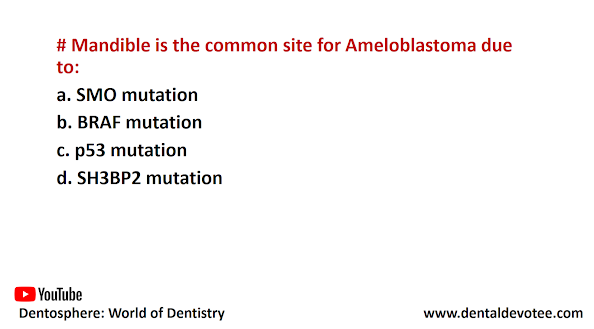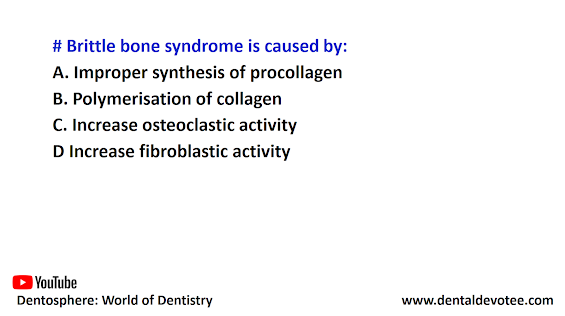# Histologically, presence of numerous mast cells is diagnostic feature of:
a. Fibroma
b. Neurofibroma
c. Traumatic neuroma
d. Malignant Peripheral Nerve Sheath Tumor
The correct answer is B. Neurofibroma.
Solitary and multiple neurofibromas have the same microscopic features. They contain spindle-shaped
cells, with fusiform or wavy nuclei found in a delicate connective tissue matrix; this matrix may be notably myxoid in character. Lesions may be well circumscribed or may blend into surrounding connective tissue. Mast cells are characteristically scattered throughout the lesion. A histologic subtype
known as plexiform neurofibroma is regarded as highly characteristic of neurofibromatosis. In this variety, a collagen matrix supports extensive interlacing masses of nerve tissue. Small axons may be seen among the proliferating Schwann cells and perineural cells.







